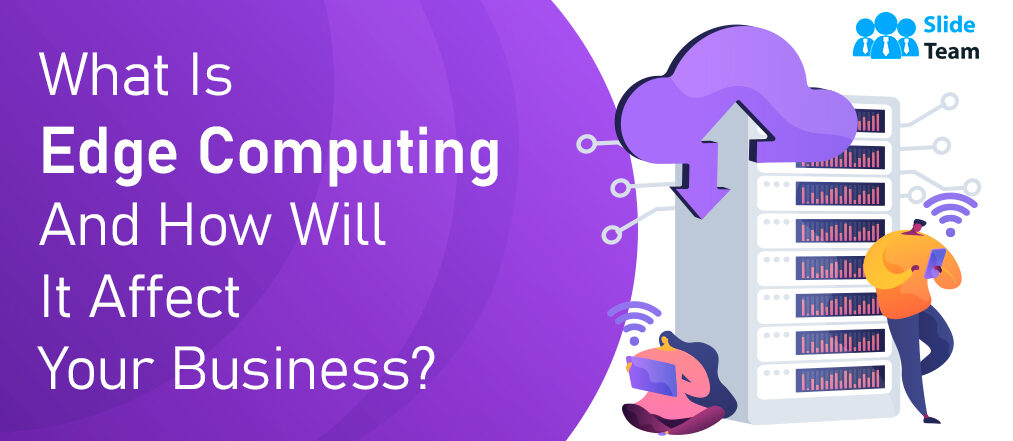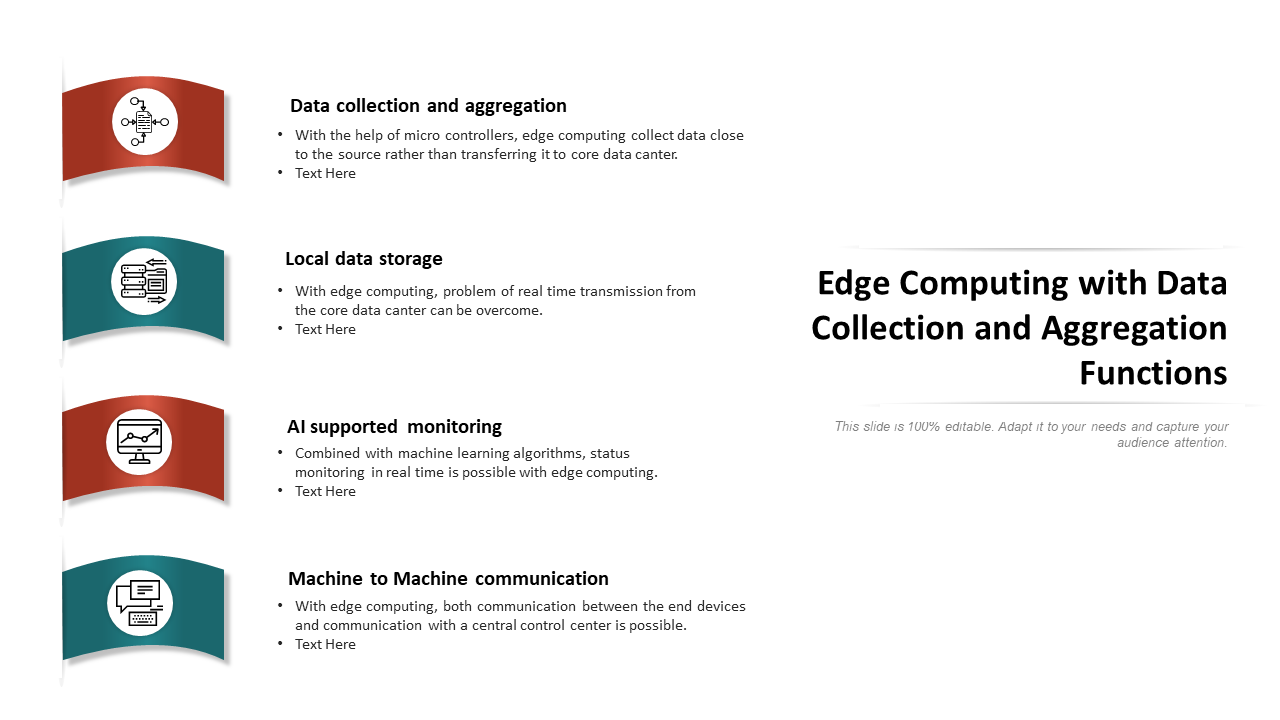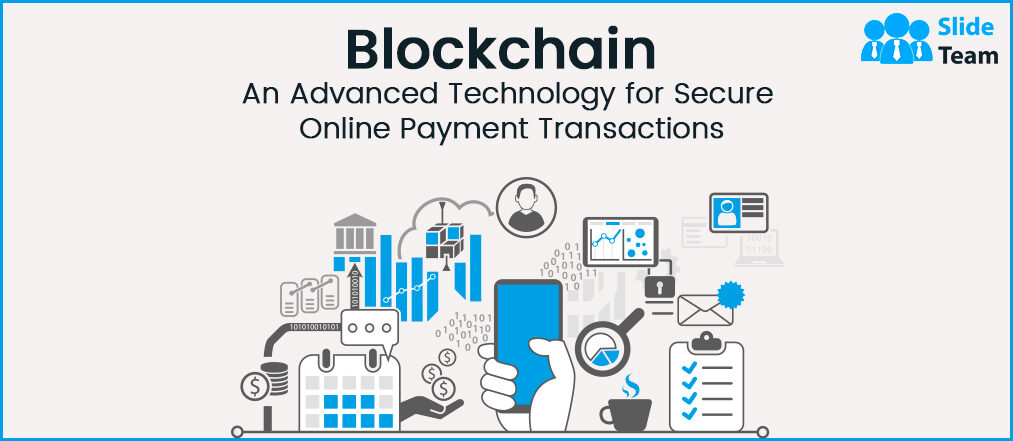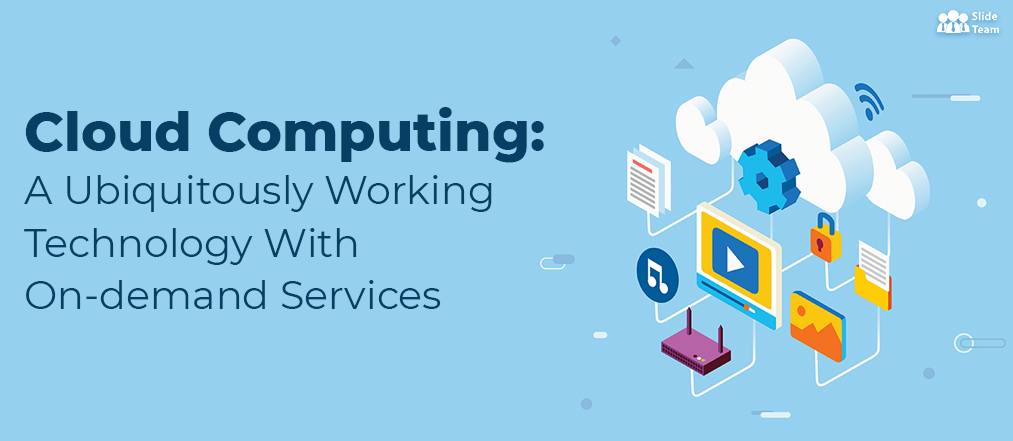The emergence of advanced technologies after the establishment of industry 4.0 has substantially changed the workflow of every business. Digitization increased, and so the generation and utilization of data. Although many advanced technologies play a significant role in this business upgrade process. But some technologies with limited contribution benefit the business at various levels. Edge computing is one of them. The concept of edge computing involves establishing a computing process close to the data centres. The computing process includes the cloud and the other hardware to make the entire data processing effortless and fast.
Edge computing, or fog computing, is a decentralized model for providing on-demand network connectivity to devices near the physical "edge" of an Internet Protocol (IP) network. A device connected to the edge is close to the end-user and thus can directly interact with users or other systems. The notion of edge computing, which is the idea that processing power, storage capacity, and other resources can be closer to the source of data generation, has gained momentum in recent years. With the cloud being seen as a centralized location for data storage and processing, edge computing is being touted as an alternative or complementary technology to cloud computing.
How edge computing plays a significant role in transforming businesses?
In today's world, the demand for speed has been increasing as it is becoming the most critical factor that determines how a business will perform. Companies that can provide a better customer experience will gain a competitive advantage over their rivals. With the introduction of this technology, businesses have drastically lowered their time to market and improved their customer experience. It allows flexible scaling of compute resources as per the needs of a business rather than putting all the load on a central cloud system. Edge computing benefits businesses in several ways:
- Improves performance and reduces latency for users of IoT applications and services because the data is processed and stored closer to where it will be used.
- Reduces network bandwidth requirements and costs.
- Increases security by enabling data processing at the edge for more sensitive applications, such as financial transactions.
As data centres are becoming an integral part of business, many companies are now shifting to edge computing. Industries are already making the best use of this technology because of its extensive features and services. It is because it offers several benefits, including faster response times, increased security, better performance, and lower operating costs.
A significant challenge for all businesses is how to deal with the vast amounts of data they collect every day. It is where edge computing comes into play. With the help of this technology, companies can process and analyze data in real-time and make decisions based on this information, which is vital for making intelligent business decisions.
Edge computing is a complex topic with various integral parts. Use the following templates to learn and understand each aspect deeply.
Template 1
Edge computing is an emerging technology, which enables data collection and aggregation at the edge of the cloud rather than transferring raw data to the cloud. The use cases for Edge computing are endless, but one of the most intriguing uses is for logging and monitoring industrial IoT devices.
The sensors on these devices are typically not capable of sending large amounts of data to the cloud. So, edge computing helps store only the most essential data on these devices while aggregating that data into larger datasets that can be sent to the cloud for further analysis.
If you're looking for a way to improve your business processes through this disruptive technology. In that case, Slide Team Templates can help you get started quickly with our pre-configured templates that include everything you need right out of the box. We offer unlimited support throughout the process, so don't hesitate to reach out if anything goes wrong. You won't find another service provider who cares about their customers as much as we do here at Slide Team Templates. So do not wait any longer and download these templates now.
Template 2
Edge computing is an emerging technology that allows for processing data at the source instead of sending it to a centralized data centre, which is slower and reflects negatively on the application's performance. Edge computing brings speed, security, real-time analysis, and high performance to applications that need it most.
The future of this technology lies in its ability to improve network latency, security, and efficiency. The Internet of Things (IoT) is expected to grow exponentially in the next few years. It will require a lot more processing power than what's available now. For this reason, edge computing will work as a helping hand to it.
We have created a simple way for you to understand this concept deeply. It's all about how we use technology in our everyday lives, so everyone must understand what is happening around them. You can use our templates as an easy guide to help you through this process. Our templates will give you a clear understanding of what each term means and how they relate to one another. They are designed with simplicity in mind so that anyone can understand them easily. Download these templates now and learn the critical difference between both technologies effortlessly.
Template 3
Edge computing has emerged as a way to address a market need - the increasing pressure on cloud-based services caused by an expanding number of devices running applications, generating data and demanding access at once. The need to offload data processing from the cloud to the edge of the network is increasing. Edge computing technologies are being developed to handle this need, and they should become more prevalent as a result.
It is a relatively new technology, and it is still very much in its early stages. But we can already see the benefits of edge computing. For example, we can see how it can help improve the quality of streaming videos by reducing buffering time and how it could be used for real-time gaming.
Slide Team has created a series of PowerPoint templates to help you understand each aspect of edge computing broadly.
You'll be able to use these slides as an outline for your presentations, and they can also serve as a great starting point for creating new ones. They're available in both landscape and portrait formats, so no matter how you like to present, we have something that will work perfectly with your needs. We know it can be confusing to understand such a complex topic, but don't worry – we got you covered! With our professionally designed slides, learning about edge computing and its function is easier than ever before.
Template 4
In the era of big data, when companies are collecting vast amounts of data from different business units and departments, edge computing becomes a must-have technology. It is a set of network architectures that have been developed in parallel to cloud computing. It works in the opposite way: instead of sending all your data to a central cloud server and then doing everything else right there, in a more secure environment, where nobody can get it but you, edge computing sends your data to a server in a proximity location directly to wherever you need it at that moment.
The need to offload data processing from the cloud to the edge of the network is increasing. Edge computing technologies are being developed to handle this need, and they should become more prevalent as a result.
If you're looking to learn more about Edge computing data collection and aggregation, we have some useful templates available on our website. These templates will help you understand the data collection and management process of this technology and how they could impact your business or personal life. Download these templates now in a few easy steps.
Template 5
Edge computing architecture is a set of techniques for implementing the functions needed to process data in edge nodes. It offers a unique challenge in that it requires seamless communication with a centralized system while taking into account factors such as limited bandwidth, processing power, and battery life.
Edge computing helps satisfy this need by offloading data processing to the edge of the network, where it can be handled locally rather than in central data centres. This architecture has many advantages, including reducing latency and improving security.
These creatively designed PowerPoint templates are perfect for presentations and reports. They're also great as inspiration if you want to create something new yourself. Download our creative PowerPoint templates now and use them in your next presentation or report. It's easy – click on one of the images below, enter your email address, and we'll send it right over to you! Don't wait any longer; start using these excellent slides today.





 Customer Reviews
Customer Reviews






















